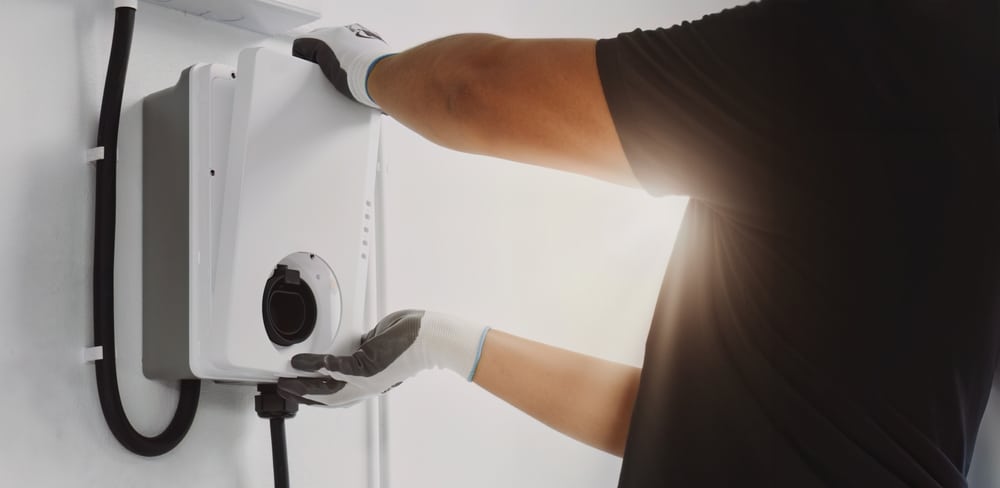The installation process of an EV (Electric Vehicle) charger is a multi-step procedure that requires proper planning, assessment, and professional execution. It involves both technical and safety considerations, as well as adherence to local building codes. Here’s an outline of what to expect during the EV charger installation process:
1. Initial Consultation and Site Survey
The first step in installing an EV charger involves a consultation and site survey by a qualified electrician or EV charging specialist. This stage involves:
- Assessing the location: Determining the ideal placement of the charger, usually in proximity to where you park your car. It should be easily accessible but also close enough to the electrical panel.
- Evaluating electrical capacity: An inspection of your home’s electrical system ensures that it can support the additional load of the EV charger. The electrician checks your electrical panel, fuse box, and wiring to determine if any upgrades are necessary.
- Permit requirements: Depending on local regulations, you may need to apply for permits before installation. This is crucial to ensure the work complies with building codes and safety standards.
2. Selecting the Right EV Charger
Once your home is deemed suitable for installation, the next step is selecting the right EV charger. Key considerations include:
- Charger type: You can choose between Level 1 (standard household outlet, slower charging) or Level 2 (faster charging via 240V outlet). For home use, Level 2 chargers are typically recommended.
- Smart features: Some chargers come with Wi-Fi connectivity, enabling you to monitor and control the charging process remotely. Other features like scheduling, energy tracking, and compatibility with home automation systems might influence your choice.
3. Preparing the Electrical System
Before the actual charger installation, there may be a need to upgrade your electrical system, especially if you’re installing a Level 2 charger. This includes:
- Upgrading the electrical panel: If your panel doesn’t have sufficient amperage, it will need an upgrade to accommodate the charger.
- Installing a dedicated circuit: A dedicated 240V circuit may be installed to ensure that the EV charger operates efficiently without overloading your home’s electrical system.
4. Mounting the EV Charger
Once the electrical system is ready, the physical installation of the EV charger begins. This includes:
- Mounting the unit: The charger is securely mounted on the wall, typically in your garage or driveway, ensuring it is both accessible and protected from weather conditions.
- Connecting the charger to the electrical panel: The electrician will then connect the charger to your electrical panel through the dedicated circuit. In some cases, an outdoor-rated conduit may be used to protect the wiring.
5. Testing and Configuration
After the installation, the electrician will:
- Test the system: The charger is tested to ensure it is functioning properly, providing the correct voltage, and charging the vehicle at the expected rate.
- Configure smart features: If you’ve selected a charger with smart capabilities, the electrician or installer may help set up the app or provide instructions for you to do so. This allows you to monitor charging, set schedules, and more.
6. Final Inspection and Certification
Depending on local regulations, a final inspection may be required to verify that the installation complies with safety standards and building codes. After passing the inspection, you may receive a certificate of compliance.
7. Ongoing Maintenance
Post-installation, maintaining the EV charger is crucial for its longevity and performance. Routine maintenance includes:
- Inspecting the charger and cables: Regularly check the charger for any physical damage, wear and tear, or loose connections.
- Updating firmware: For smart chargers, keeping the software up to date ensures that you benefit from the latest features and security patches.
Conclusion
The EV charger installation process involves multiple steps, from initial consultation and site assessment to final testing and ongoing maintenance. With proper planning and professional execution, you can enjoy efficient, safe, and convenient electric vehicle charging at home
